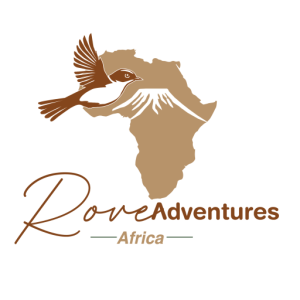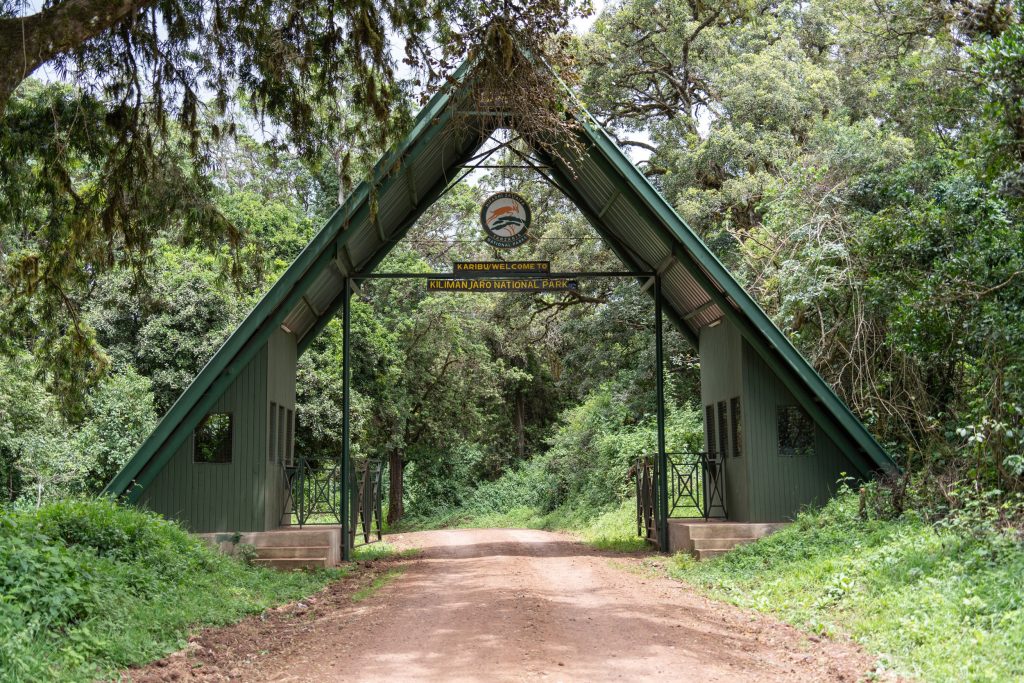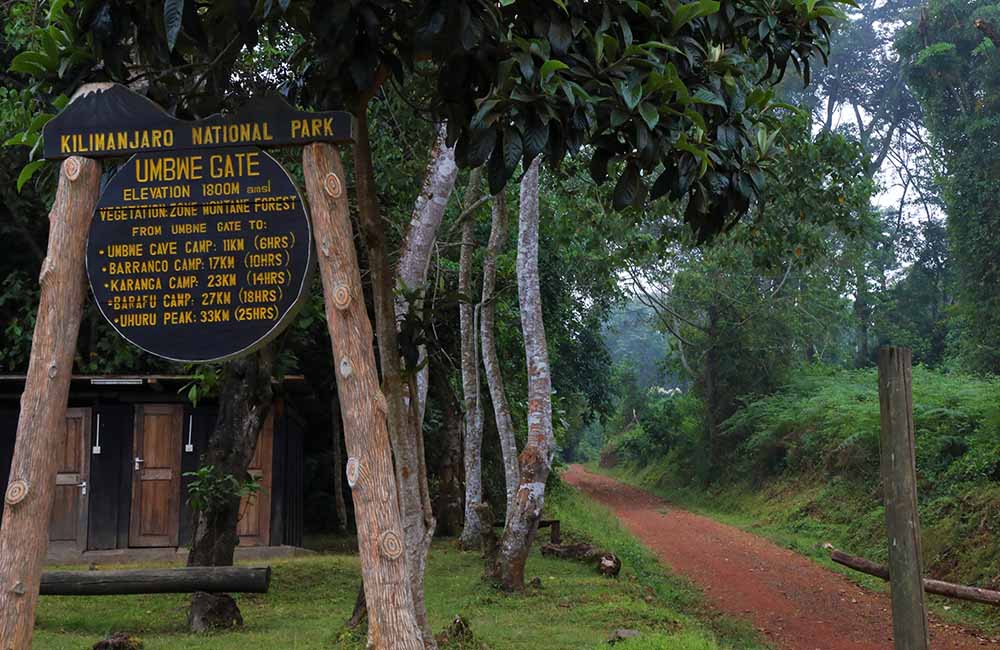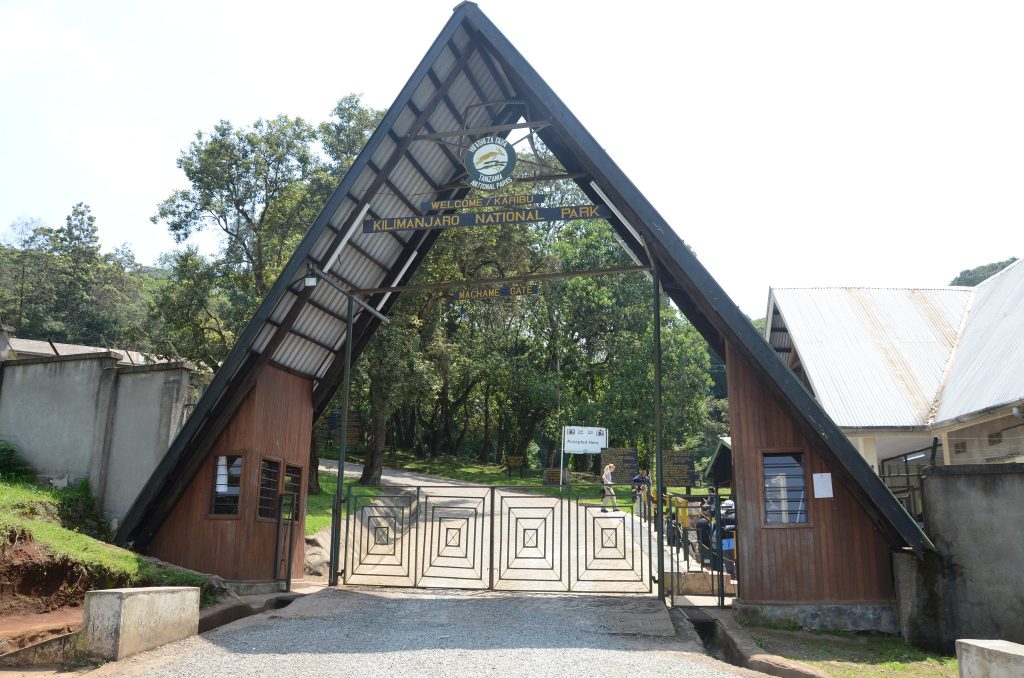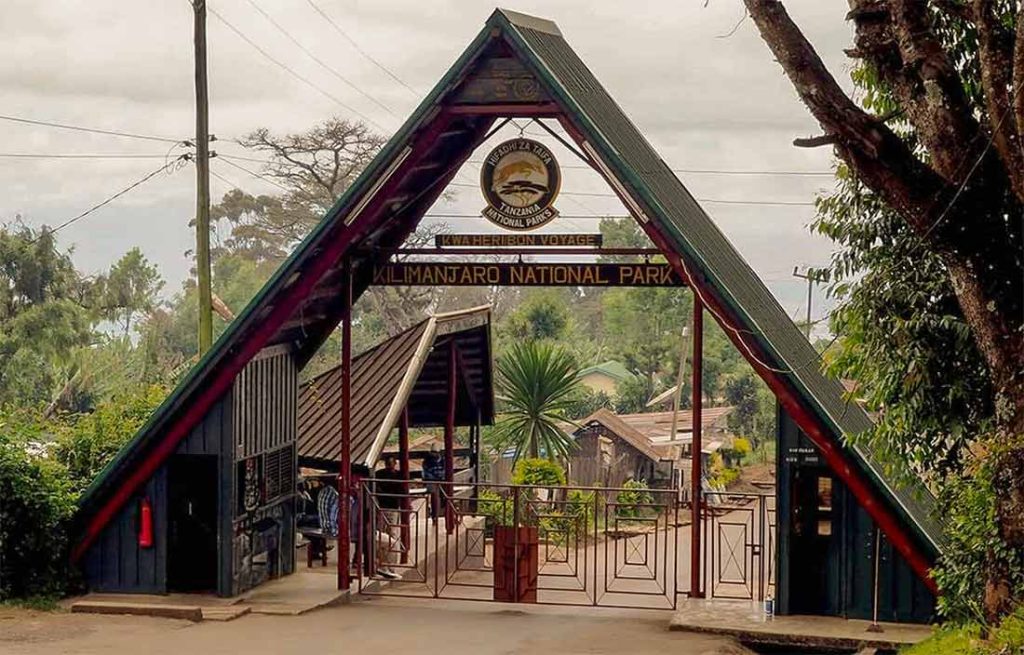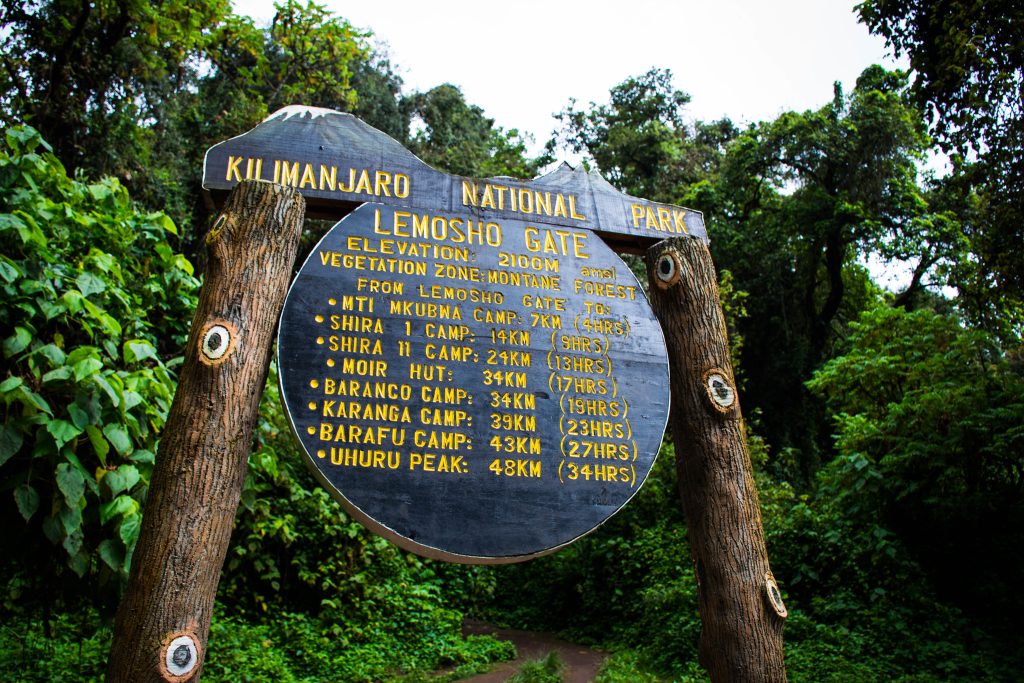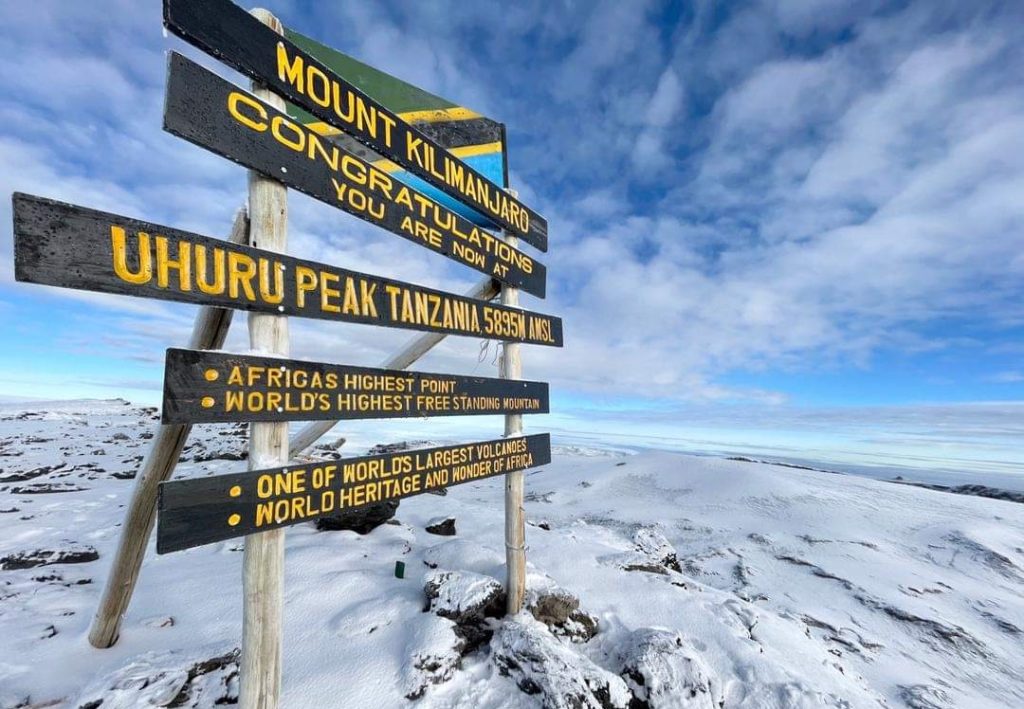Climbing Kilimanjaro
Mount Kilimanjaro, located in Tanzania, East Africa, is the highest mountain in Africa with an elevation of 19,341 feet (5,895 meters). It is the largest free-standing mountain in the world and is one of the seven summits.
Its snow-capped peak towers above the surrounding Savannah’s and is part of the Kilimanjaro National Park, which is home to a variety of unique flora and fauna. While it is a dormant volcano, it still serves as an important source of inspiration for climbers and outdoor enthusiasts from around the world.
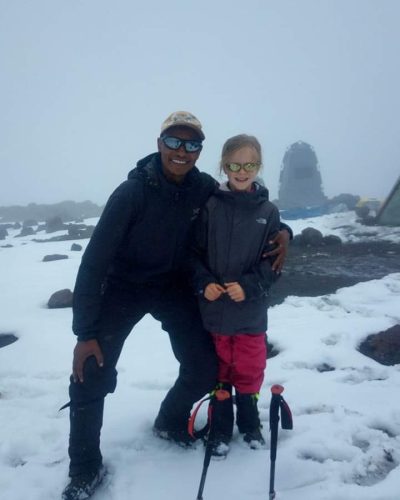
Rove Africa Adventures offers high-quality, guided Mount Kilimanjaro trekking tours. Our Kilimanjaro trek guides are born and raised in Moshi, at the foothills of Mount Kilimanjaro. These highly skilled professionals bring deep indigenous knowledge and over 10 years of expertise—a key component to ensuring your success on the mountain.
Join the thousands of climbers who have stood on the Mount Kilimanjaro summit, guided by our expert Kilimanjaro trek team. With decades of combined experience and unparalleled expertise in climbing Mount Kilimanjaro, Rove Africa Adventures runs its own trekking operations, staffed with seasoned mountain guides. We provide comprehensive advice on packing, fitness, expected weather, and trail conditions, and we’ll be by your side every step of the way—all the way to the summit of Kilimanjaro!
Who Can Climb Kilimanjaro?
Who Can Climb Kilimanjaro? Anyone from children over the age of 10 to older generations in their 60s and 70s! All you need is determination and the will to get to the summit. The real challenge with climbing Kilimanjaro is the altitude and the rate of ascent. Don’t worry we will be with you every step of the way!
When is the best time to Climb Mount Kilimanjaro?
Mountain weather can be unpredictable, and the best time for a Kilimanjaro Hike is during the dry seasons: December to early March and June to October. We don’t climb during the height of the rainy season, for safety reasons.
What Should I Pack for a Kilimanjaro Climb?
You’ll need layers of clothing for varying temperatures, sturdy hiking boots, a good quality sleeping bag, and other essentials like a headlamp, gloves, and trekking poles. We’ll provide you with a comprehensive packing list to ensure you’re fully prepared. Read our full Kilimanjaro packing list.
